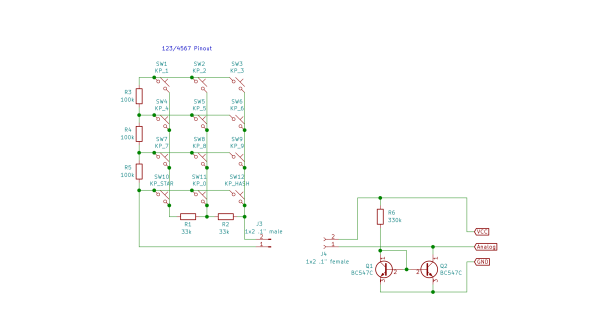Over on his YouTube channel [Aaron Danner] explains biasing transistors with current sources in the 29th video of his Transistors Series. In this video, he shows how to replace a bias resistor (and consequently an additional capacitor) with a current source for both common-emitter and common-collector amplifiers.
A current source provides electrical energy with a constant current. The implication is that if the resistance of the load changes the current source will vary the voltage to compensate. In reality, this is exactly what you want. The usual resistor biasing arrangement just simulates this over a narrow voltage range, which is generally good enough, but not as good as a true current source.












